Browse the obituary of residing in the province of Ontario for funeral details
Obituary of Darryl Keith Dolson
It’s with heavy and broken hearts that we announce the unexpected passing of Darryl Keith Dolson, at the age of 59, while he was at home.
Darryl; Beloved son to Rita Dolson, father Leroy Dolson and his brother Dwayne Dolson (Tracie); his niece Ashley Gauthier (Jonathan) and Kyla Neil; nephews Dwayne Jr. Dolson, and Drake Dolson.
Darryl will be missed by 3 great nephews and 2 great nieces followed by many friends and family.
Friends will be received by the family at Elliott-Madill Funeral Home (22424 Adelaide Road, Mount Brydges) on Sunday, November 3rd, 2024, from 11 am to 1 pm. Service from the Funeral Home commences at 1:00 pm. Interment Lower Muncey Cemetery. Luncheon to follow at the Munsee-Delaware Community Centre.
Arrangements entrusted to Elliott-Madill Funeral Home Ltd. www.elliottmadill.com
1965 2024
Death notice for the town of: Mount-Brydges, Province: Ontario
death notice Darryl
Keith
Dolson 1965 2024
obituaries notice Darryl
Keith
Dolson 1965 2024
We offer our deepest sympathies to the family and friends of Darryl
Keith
Dolson 1965 2024 and hope that their memory may be a source of comfort during this difficult time. Your thoughts and kind words are greatly appreciated.
Cette page d archive est une cache qui a pour but la vérification de la licitée du contenu de l hyperlien et peut avoir changé dans l intervalle. Accédez a SOURCE ci-dessus pour aller a la page originale.
Continue reading

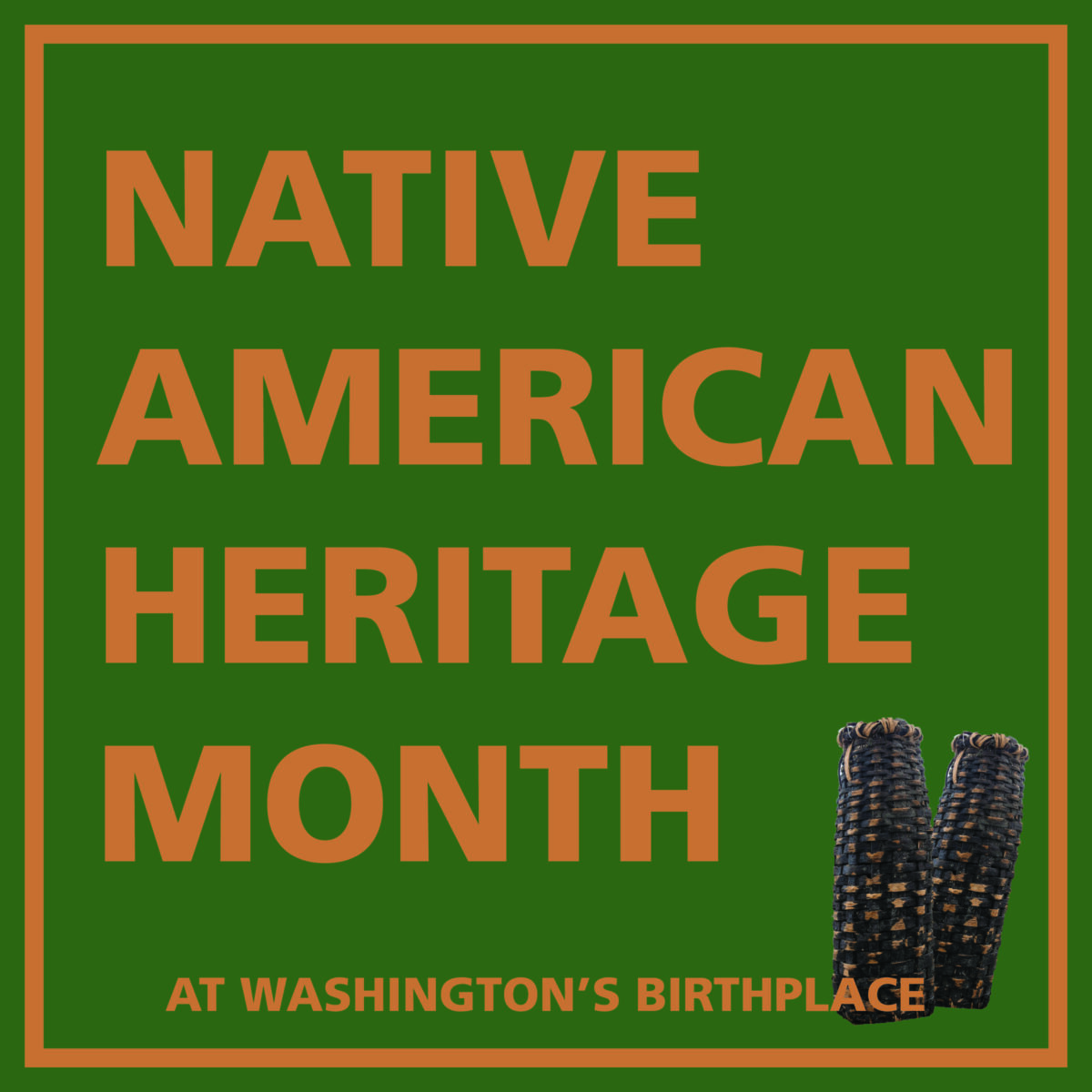
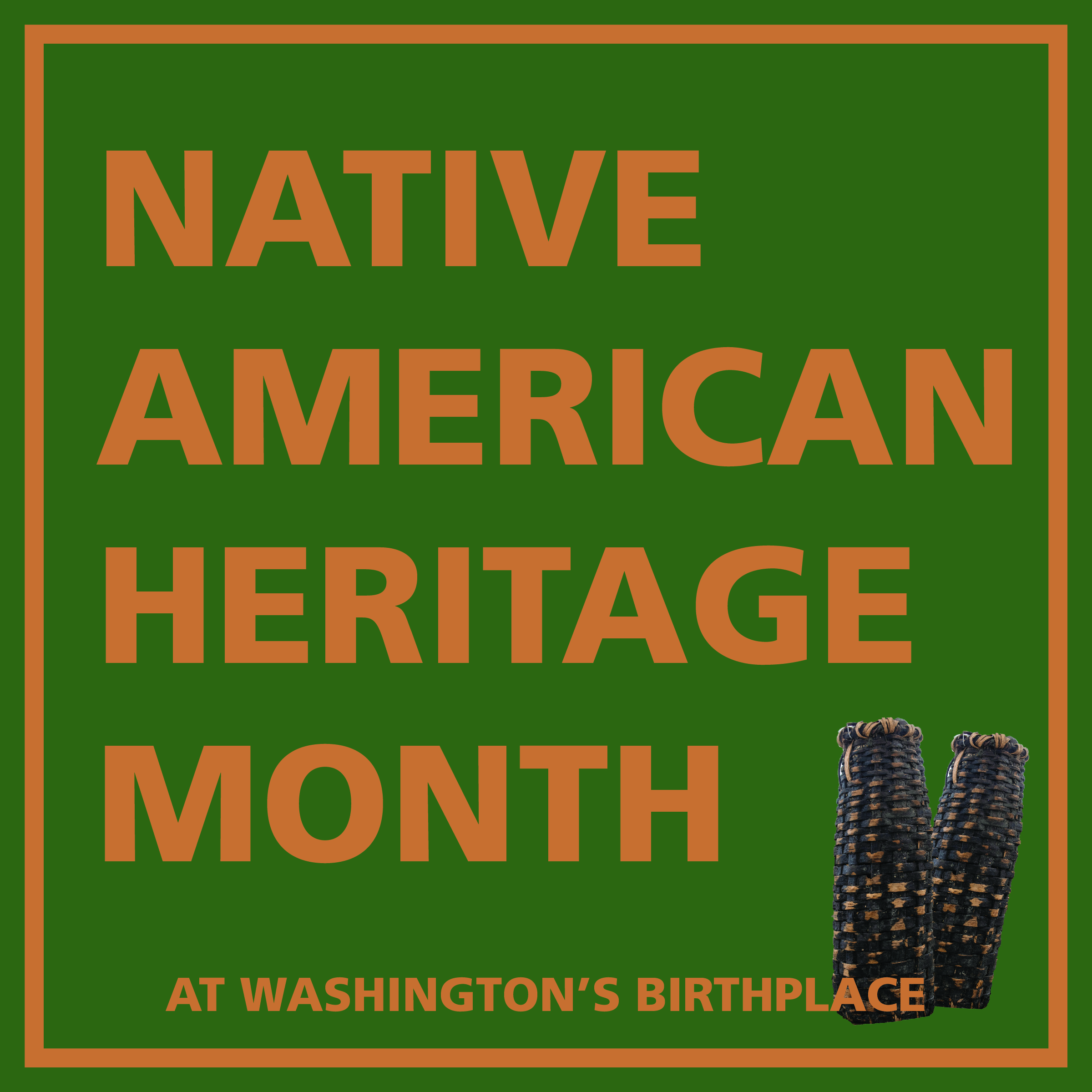
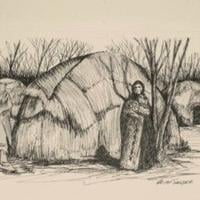
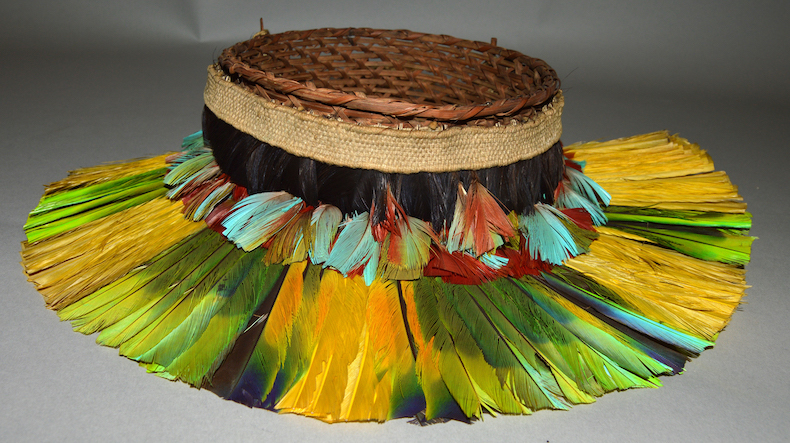
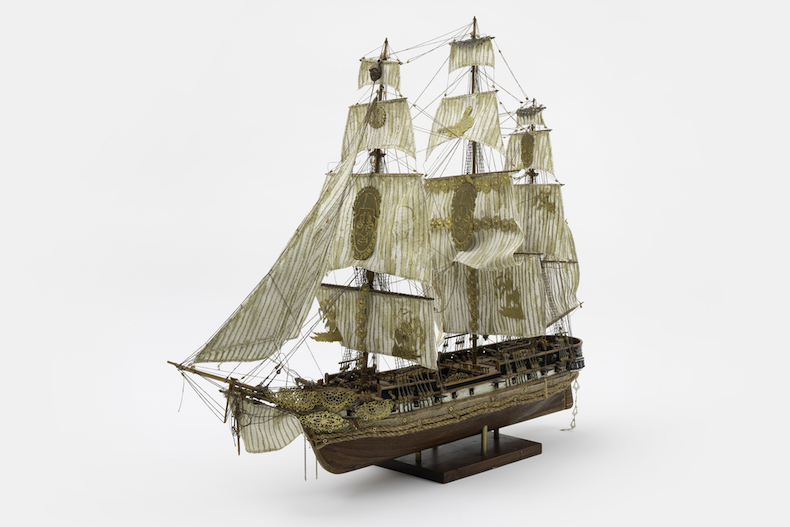
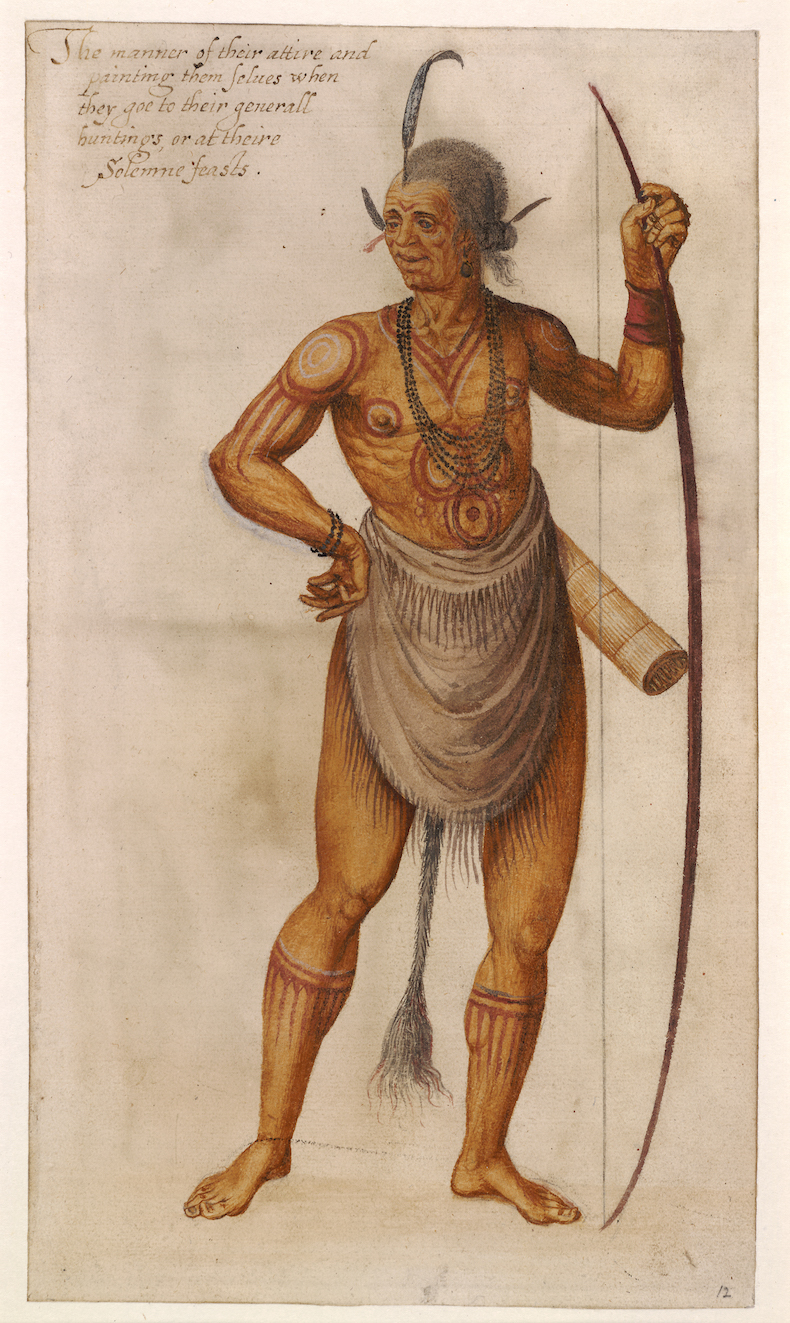
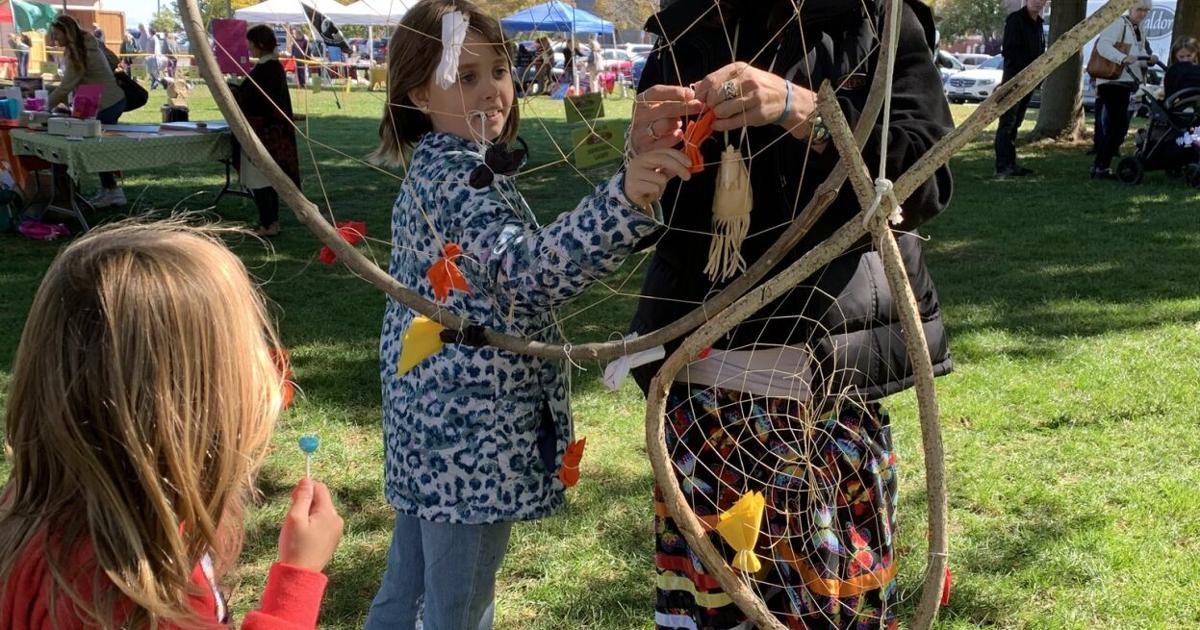
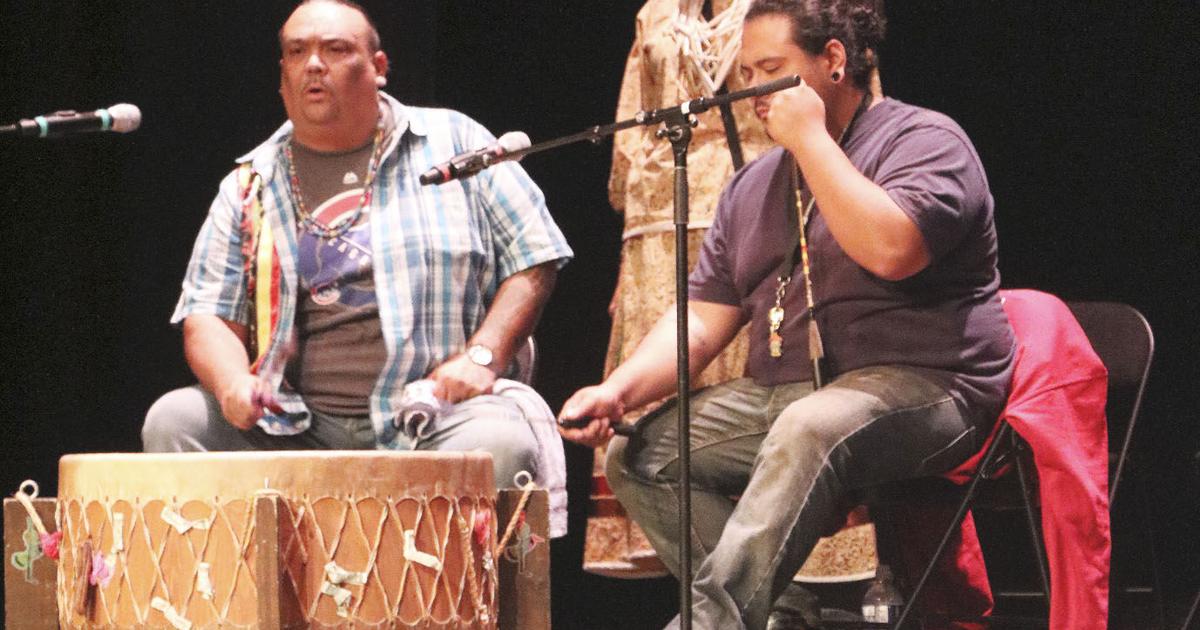
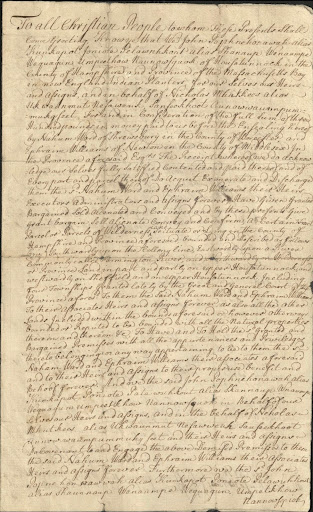
 Williams’ 1737 deed claimed land that was already home to the Mohicans. (Photo courtesy of Special Collections.)
Williams’ 1737 deed claimed land that was already home to the Mohicans. (Photo courtesy of Special Collections.) 
